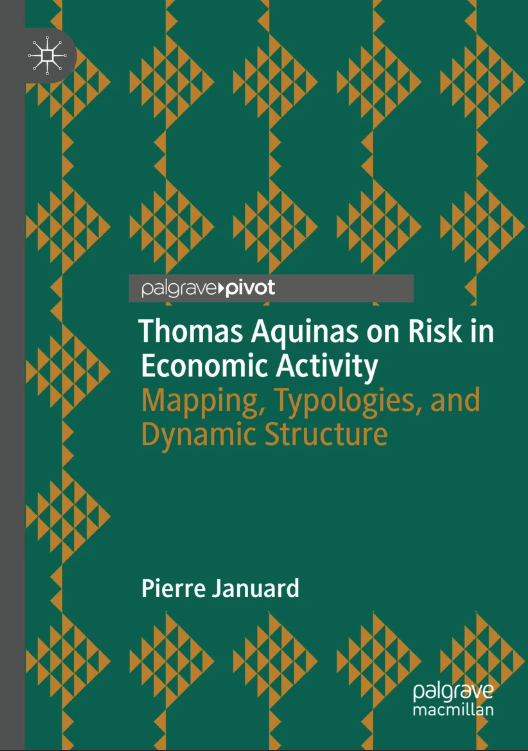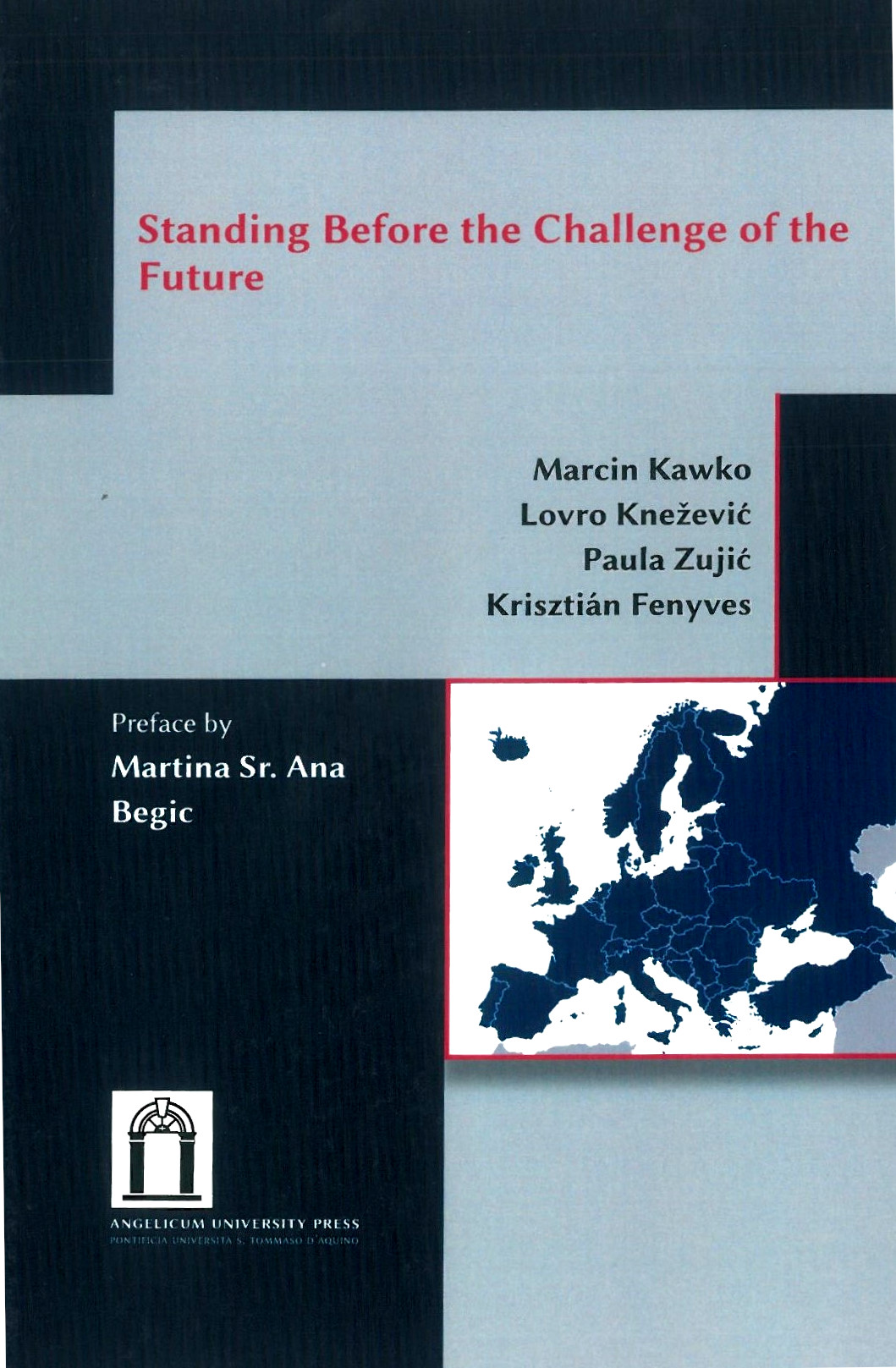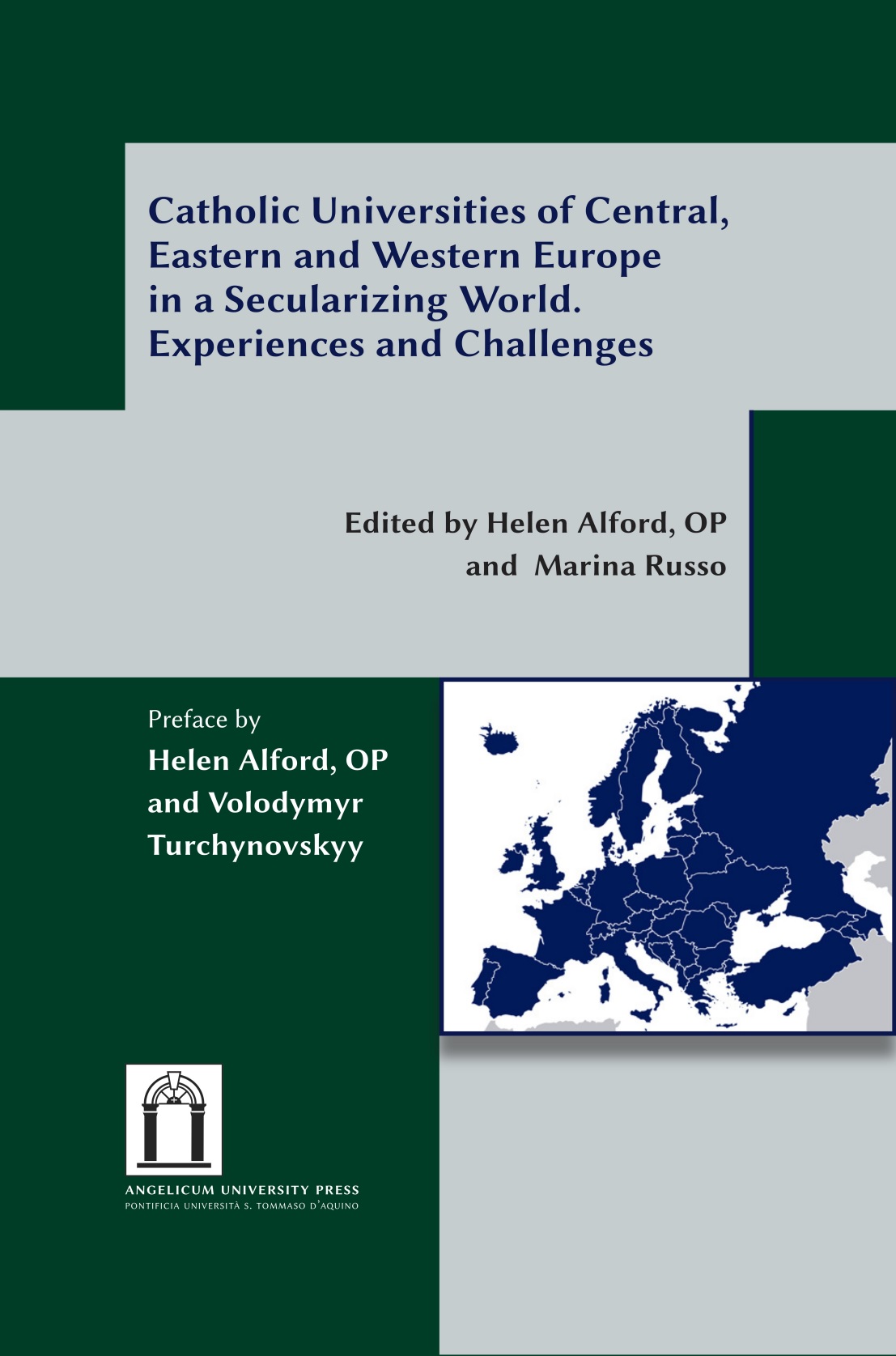 Dear Chair Persons, Authorities, Ladies and Gentlemen,
Dear Chair Persons, Authorities, Ladies and Gentlemen,
Years ago, I was visited by an official of UNIDO, based in Italy, who told me the following: “we supported 4 projects of agricultural development in Africa. They went very well. The trees are flourishing and the fruits are very good and tasty”. I said: “Splendid, my compliments”. He continued: “There is a small problem which I hope you may be able to help us to solve. The goal of the project is at risk. The fruits are going bad because the project had no chapter related to the marketing of the products: no cold chain to preserve the product, no truck to go to the town’s markets”. He concluded: “My hope is that, through your contacts and know how, you may provide us with training and co-operation to solve the problem”.
No appropriate marketing techniques; no product! That’s the lesson coming from this anecdote, and the reference is obviously to marketable products, to tradable products which may go down the pipeline from the producer to the consumer.
In terms of economics, a certain good acquires a certain economic value only if it can be bought or sold, through different steps, each of them adding value to the product until it reaches its final destination. In the case of an agricultural product, this is inevitably in consumption, or in industrial use for future consumption.
In terms of macroeconomics, we have no specific valid literature nor sound experiences on how to market “Agroecology”. It appears appropriate to start considering this problem in this forum. The global value of the organic food market is estimated to be 44,5 billion euro, i.e. an infinitesimal percentage (a bit more than 2%) of the total value of world food sales, currently valued around 2,300 billion dollars. This is a poor figure, even though the prospects are good in the near future. By the way, we should note that the term “organic” does not cover all of the agroecology system, and whereas some valuable global information is available on organic agriculture, this is not the case for all the other components of the entire agroecology system.
Let’s first of all agree on what we mean by “the market”. We may define it as follows: “The place where the supply and demand interested in a certain product meets on certain conditions, for instance, the price acceptable to the parties involved”. Let’s then move to identify “our” product, as regards the need to make it marketable.
In accordance with the various definitions of “agroecology”, the first need we are concerned with is to make that specific “concept” accepted and esteemed. It means that the first “product” to be marketed is cultural. The culture of agroecology needs to be spread widely and has to circulate through governments, opinion makers, producers, consumers, students and researchers. Public agents, social agents and private market operators should help the concept to be absorbed and shared by governments, industries and consumers, making clear that agroecology means a new model of develop-ment for the developing countries, and a new model to make industrialized countries more stable and sustainable as well.
Could this be easy? Absolutely not: it is in fact very difficult. Our economic system is based on the assumption that profit has to be as high as possible to guarantee further investments, and that any cost has to be reduced as much as possible. The above assumption transforms the structure for using land into intensive farming. In broader terms, during recent decades, industrial and services capitalism has been transformed into financial capitalism, where speculation and finance in general prevail over real production, and tradable brands and logos have more value than the product they represent.
Agroecology is instinctively considered inconvenient by the majority of present day agricultural systems, aiming as they do at techniques of land exploitation that guarantee short term profits, not looking for the harmonization of economic/financial needs with ecological and social dimensions. If we do take into account the relevance of multi-national companies in the global agrofood chain, we rarely notice a signal of theirs in favour of what we may call agroecology. In general, governments share the same attitude.
Mostly, agroecology appears still to be a bottom up movement, belonging to a microeconomic dimension. The bottom up movement is militant; it uses the universities, citizens movements, the web and the Internet to spread its values. But, in order to transfer itself to the macroeconomic dimension and to make it possible that the agricultural products it creates become marketable in global terms, it has necessarily to be backed by the forces of finance and politics. Is it realistic to affirm that this is possible? My answer is: it is complex and difficult, but yes. At the same time it is attainable and possible. By the way, without winning on this very point, the numbers of the agroecology marketing would remain very poor. It may be a legitimate choice to remain an élite movement, dedicated to people with an agroecology awareness. And this may even repay the few dealers within or in ideological harmony with the movement. But, if it is to be believed that agroecology is a way of making the agro food system sustainable and, thereby, our societies, well if this is the belief, we cannot escape from the need to have big numbers in this story, and to make agroecology go to market, or (the result would be the same) to make agroecology so attractive that the market comes to it.
In my opinion agroecology needs to acquire more specific marketing techniques, abilities to lobby politicians, and products and packaging able to convince the big organized distribution and restaurants chains. Once again the question is: should agroecology remain in a glorious ghetto or conquer the hearts and minds, and the pockets, of the consumers, in order to revolutionize the part of the food industry which is actually poisoning our planet? Before going to some virtuous examples that confirm the above assumption, let me focus our attention on two key questions:
Would the proposal of going to the big markets contaminate the “soul” of agroecology?
Would agroecology refuse to cut prices in order to gain more market share and enlarge its customers?
The few case studies I now present for your attention answer both questions with a resounding No! Montana State University certainly answers “No” when, in enlisting students for the course “Sustainable Food & Bioenergy Systems” it says under “Career opportunities”: “… culinary arts and management, food processing, food marketing, retailing and distribution”.
Let’s look at Italy. At a Bologna Fair, in September 2014, people operating in agroecology made the government a strategic proposal: an alliance between food, green and agriculture systems, they said, could solve a lot of the country’s problems. Italy has 1 million hectares cultivated without pesticides. Add to that surface 10 million hectares of forest and it is clear that more than 1/3 of the territory could be involved in this project. This huge surface could be transformed into a real source of wealth and welfare, in terms of hydro-geology, tourism, and agricultural, food and artisanal products. Bringing to market such a project would be easy and its success practically guaranteed. In this particular case, then, marketing needs to work first on the politicians and immediately after that on consumers who are supposed to be delighted by the proposal. Tourism will benefit from that, and exports will also benefit, while the internal market should also react positively. The Italian experts calculate an increase in green output of 120% within 10 years. The calculation is easy to be make. Market gardening earns €3,5 billion at the production level and 20 billion in terms of marketing and induced activities. Wood for furnishings and construction come to 30 billion, and to 40 billion including induced activities. Maintenance of urban green areas, gardens and sport facilities will being in 5 billion. Materials and machinery (forklift trucks, cranes, irrigation canals and infrastructure, fertilizers, soil) will be worth 20 billion. Biodiversity appears a good product for the market and can become a precious resource and a competitive asset. On the contrary intensive farming can be overrun by the global world, where the ratio between qualities and prices is unavoidable. As a leading figure in the agroecology movement has pointed out, the planet can be nurtured by giving food to people while reinforcing its ecosystems at the same time.
Another example could come from Thailand, an important country in the global agro food chain. Thailand is promoting the concept of a “Sufficient Economy”. Agroforestry system development has a lot in common with that concept. Sustainable agriculture is also related to it, being based on the usage of all resources in a way that conserves them. Its impact will certainly be ecological, because it reduces the level of dependence of the farmer on external environ-ments, and the search for such independence is of interest to any farmer. The harmonization among the different elements of the system, primarily forestry and agriculture, will tend to balance the whole of society, in economic, sociological and environmental terms. At the end the project goal is to decrease all farm costs and create more income for cultivators and farmers. And here comes my marketing question: are those farmers ready to transfer part of their gain to the consumer? In terms of quality the answer is instinctively positive. What about the price? Continuing with the Thai example, another aspect of this project is that in guaranteeing the biological variety of plants and animals, there will be a variety of productivity levels and a decrease in the risk of higher prices and insect plague. If it works, the farmers will gain in health and income. As their income increases, they will have more time to learn or study and their agriculture will become more developed and inde-pendent. Once again the question to be raised here is: will consumers, will the market, make a positive gain from that evolution?
I have tried to push our attention towards big business, even though agroecology is mostly a matter of micro socio-economical dimensions. I am convinced that big can be converted to, appreciate, and even share in agroecology. Big means: big agro-food countries and big agro-food multinationals. As for the countries we may recall that four Countries (China, USA, India and Brazil) represent half of the gross world agricultural product, and China alone is prac-tically one quarter. To market agroecology means necessarily to deal with them and, of course, with the European Union, bearing in mind that, as from now, not even 1% of the world soil can be classified as “organic” and that, while Europe is more and more organic, Asia and USA are currently diminishing their organic soil. Against 10 million organic hectares in Europe, Asia is home to a meager 2.78 million and North America to only 2.65. When we move from agriculture to food, the imbalances among the family ot nations are even more evident. Most of the household organic consumption can be found in Europe and Northern America, totaling together 96% of organic consumption: Europe sells 49% of the global organic product and USA 47%.
As for the multinationals, they have to be convinced by the producers, because the bulk of international agro food trade is in their hands, and because the myth that a multinational is against agroecology has to be confronted. As for the present, we have to be aware that multinationals, whether in distribution systems or in restaurant chains, do not demonstrate much interest in supporting agroecology. They do not buy green food in any quantity. If we want to make agroecology marketable to them, it could be decisive for us to start thinking in terms of setting up a kind of pipeline which begins from a broader cultural consciousness of agroecology and ends with marketing techniques on the part of the producers, targeting the modern restaurant industry. Importers, distributors and logistics have an important role in that. Price levels also matter because most clients of chain restaurants are not ready to pay extra money for higher quality or green characteristics. Recipes are also fundamental and the same can be said for chefs being ready to be “missionaries” of the culinary traditions which finally make agricultural products into really good food. The culture surrounding a particular product can also promote under-standing, curiosity, interest and a desire to consume it, and so this culture deserves attention. Communication should be adapted to the need of modern restaurants, if needed.
The consumer is the last, and obviously not the least, of the subjects to be dealt with by this short speech. No positive marketing results can be forecasted if the final customer, the consumer, will not be appropriately approached and educated. We have to bear in mind that in a global world which is promoting hundreds of millions of human to-wards better economic conditions, the approach to food and beverages is giving positive results (more people receive food and beverages including better water) and nega-tive results (obesity and other conditions related to food & drink, increasing numbers of deaths due to excess in consuming junk food and alcohol). To have more money in our pockets does not automatically mean to have better food and better drink. The standardi-zation in the food & beverage industry has a lot to do with that: sugars and salt, big sizes, advertizing systems making popular certain culinary habits which are poisoning bodies and minds are certainly responsible for these negative results. But the bulk of the response-bility lies with families and public education systems, who do not take enough care of how to link the huge mass of urban populations to the agro ecological circuit, where they could find a lot of answers to the problems their junk way of eating and drinking has created. Direct consumer involvement in the recent success story of agroecology is unfortunately still a missing factor. The global consumer has to be included inside the virtuous pipeline I was talking about, if we really wish to have a successful marketing operation for agro-ecology. Urban and suburban consumers need to be aware of the agro geological cycle: green, community gardens, organic, compost, bio energy, soil, etc. should not sound exotic but become a common reference for their day by day life. This is a tremendous effort (to move billions of people from carbon and bad food to agroecology) which can succeed only if there is an alliance between academies, governments, mass media and businesses. The consumer needs to understand that his en-vironmental conditions and health (arguments on fiber, cancer, pesticides, fresh fruits & vegetables), his family future (the care of infants and elderly people), the same societal organization and governance (relations be-tween big towns and their suburbs) have a lot to do with the expansion or regression of agroecology.
need to be aware of the agro geological cycle: green, community gardens, organic, compost, bio energy, soil, etc. should not sound exotic but become a common reference for their day by day life. This is a tremendous effort (to move billions of people from carbon and bad food to agroecology) which can succeed only if there is an alliance between academies, governments, mass media and businesses. The consumer needs to understand that his en-vironmental conditions and health (arguments on fiber, cancer, pesticides, fresh fruits & vegetables), his family future (the care of infants and elderly people), the same societal organization and governance (relations be-tween big towns and their suburbs) have a lot to do with the expansion or regression of agroecology.
 IT
IT  EN
EN 
















